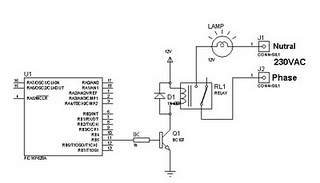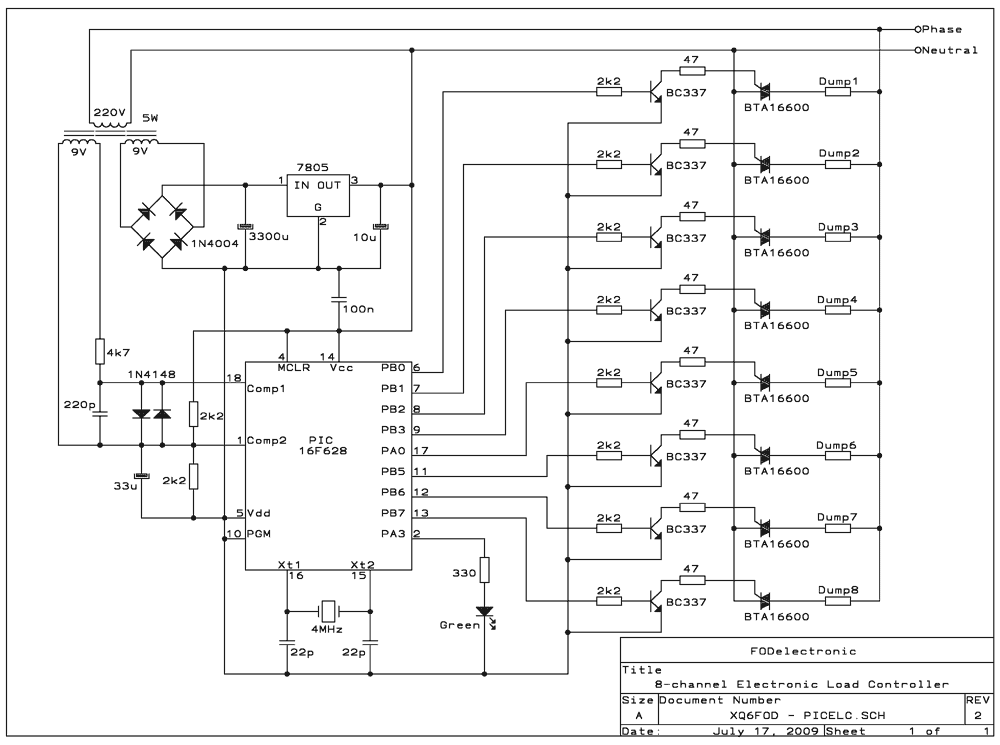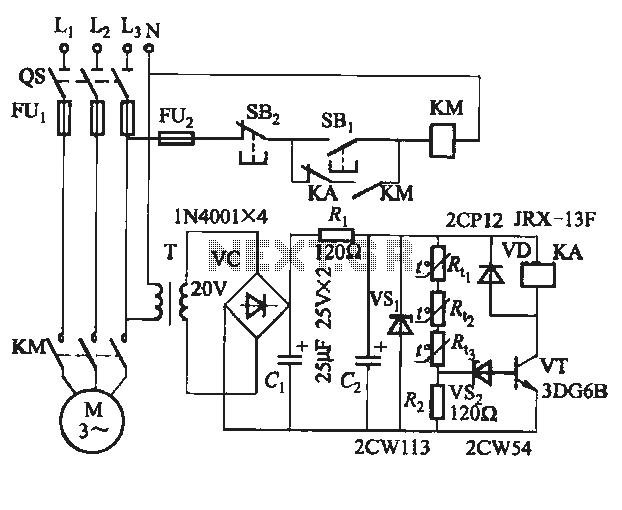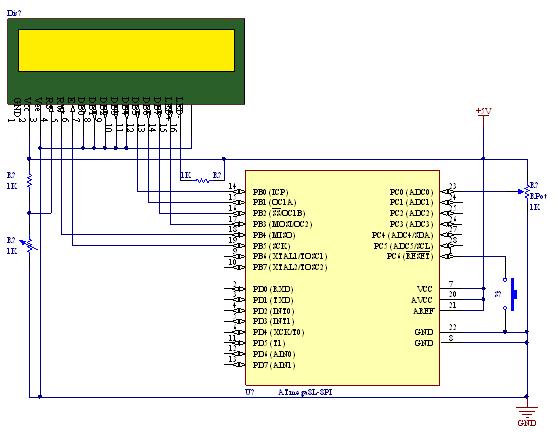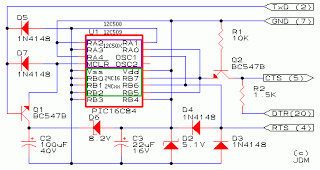
AC Motor Speed Controller Kit
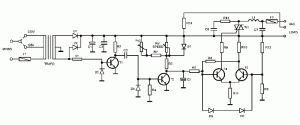
The following circuit illustrates the AC Motor Speed Controller Kit - K2636 Circuit Diagram. Features include standard dimmer functionality, utilizing carbon components.
The AC Motor Speed Controller Kit - K2636 is designed to regulate the speed of AC motors, making it suitable for various applications such as fans, pumps, and other motor-driven devices. The circuit employs a phase control technique, allowing for smooth speed adjustments by altering the effective voltage applied to the motor.
The core components of the circuit typically include a triac, which serves as the primary switching device, and a diac for controlling the triggering of the triac. The control circuit often integrates a potentiometer that enables the user to adjust the motor speed according to specific requirements.
In operation, the circuit receives an AC input voltage, which is then processed through the triac. The phase control method involves delaying the triggering of the triac during each AC cycle, effectively reducing the power delivered to the motor. This delay can be finely adjusted using the potentiometer, allowing for a wide range of speed control.
Additional components may include resistors and capacitors that help filter noise and stabilize the circuit, ensuring reliable performance. The design may also incorporate safety features such as fuses or thermal protection to prevent overheating and damage to the motor or the controller itself.
Overall, the K2636 circuit diagram represents a practical solution for controlling AC motor speed, providing flexibility and efficiency for various applications.The? following circuit shows about AC Motor Speed Controller Kit - K2636 Circuit Diagram. Features: normal dimmers the kit performs, with carbon . 🔗 External reference
The AC Motor Speed Controller Kit - K2636 is designed to regulate the speed of AC motors, making it suitable for various applications such as fans, pumps, and other motor-driven devices. The circuit employs a phase control technique, allowing for smooth speed adjustments by altering the effective voltage applied to the motor.
The core components of the circuit typically include a triac, which serves as the primary switching device, and a diac for controlling the triggering of the triac. The control circuit often integrates a potentiometer that enables the user to adjust the motor speed according to specific requirements.
In operation, the circuit receives an AC input voltage, which is then processed through the triac. The phase control method involves delaying the triggering of the triac during each AC cycle, effectively reducing the power delivered to the motor. This delay can be finely adjusted using the potentiometer, allowing for a wide range of speed control.
Additional components may include resistors and capacitors that help filter noise and stabilize the circuit, ensuring reliable performance. The design may also incorporate safety features such as fuses or thermal protection to prevent overheating and damage to the motor or the controller itself.
Overall, the K2636 circuit diagram represents a practical solution for controlling AC motor speed, providing flexibility and efficiency for various applications.The? following circuit shows about AC Motor Speed Controller Kit - K2636 Circuit Diagram. Features: normal dimmers the kit performs, with carbon . 🔗 External reference
Warning: include(partials/cookie-banner.php): Failed to open stream: Permission denied in /var/www/html/nextgr/view-circuit.php on line 713
Warning: include(): Failed opening 'partials/cookie-banner.php' for inclusion (include_path='.:/usr/share/php') in /var/www/html/nextgr/view-circuit.php on line 713
